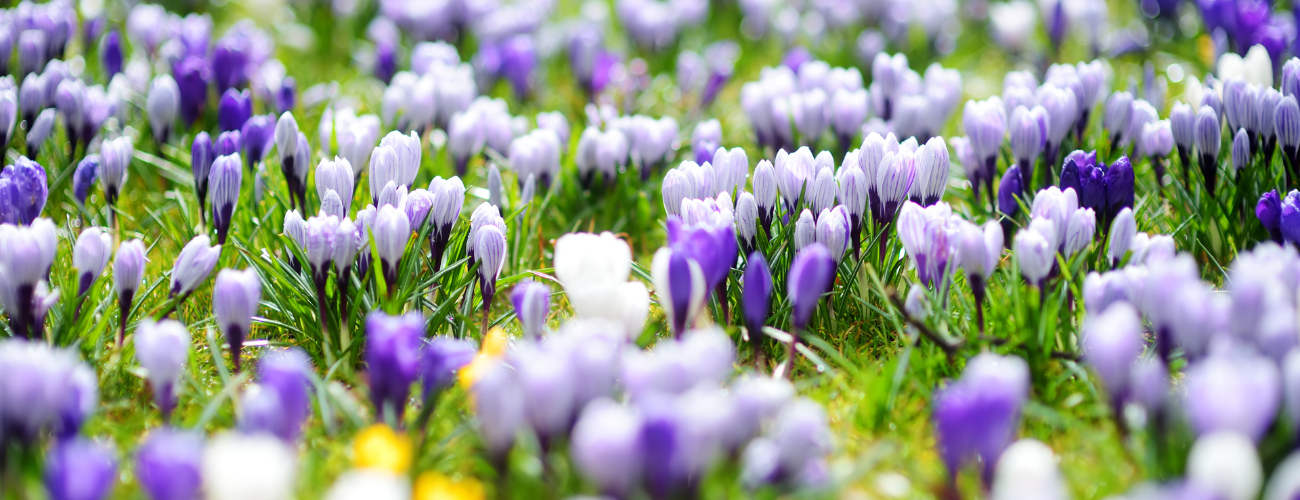You may still have a garden ablaze with late summer hues, as cosmos, dahlias, and salvias continue to create a vivid spectacle. However as the children return to school after the long summer holidays, this is precisely the moment to cast our gaze forward, to anticipate the wonders that lie ahead. Just as the first day of school holds the promise of new friendships and exciting discoveries, autumn beckons us to embrace the magic of renewal through the planting of spring bulbs.
Spring bulbs are botanical gems that lie dormant beneath the earth, waiting patiently to burst forth in a riot of colours. Just as every child brings their own charisma to the playground, every bulb variety paints the garden canvas with its signature hue and fragrance.
Spring bulb flowering season starts in January/February with the snowdrops (Galanthus) moving through Winter Aconites (Eranthus hyemalis), crocus, daffodils, bluebells, tulips and alliums to name but a few. But how to choose? My first advice is to buy early, while the full range is still available. Popular varieties get snapped up quickly, even more so since the pandemic.
Click here to view our range of spring bulbs.
Start by deciding where you want to plant them: in borders, in pots or naturalised through a lawn. Choose varieties to fit locations by colour and height
For the front of sunny borders choose crocus or miniature daffodils. Varieties such as ‘Jet Fire’ or ‘Tete a Tete’ look wonderful in groups of ten or more.
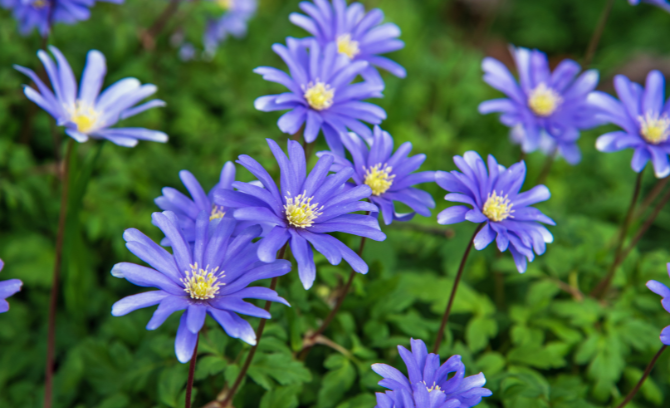
For shade Anemone blanda are a pretty dainty addition with their low spreading habit.
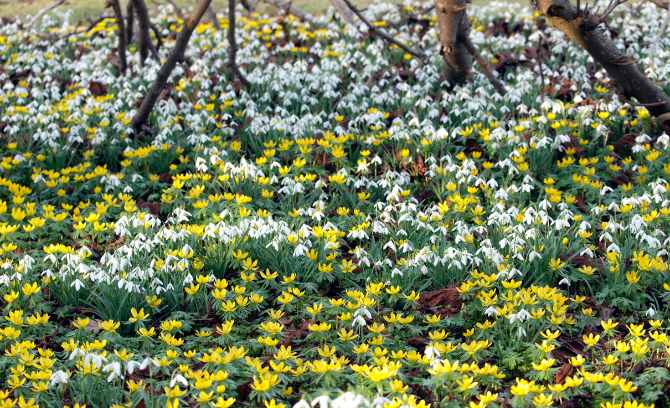
Aconites and snowdrops also need a shady spot and look wonderful planted together in drifts under deciduous trees.
Taller varieties of daffodils, tulips and alliums are perfect for the middle of sunny borders, where their fading foliage will soon be obscured by the early summer growth of shrubs and perennials.
Most bulbs should be planted at 3 to 4 times their own depth. So daffodils and tulips, having larger bulbs, should be planted about 15 to 20cm deep, but crocus at only 5cm. If you find your daffodils falling over in spring it is possibly because they have not been planted deeply enough. This handy graphic from Taylor’s Bulbs shows not only rough flower sizes but also a planting depth guide.
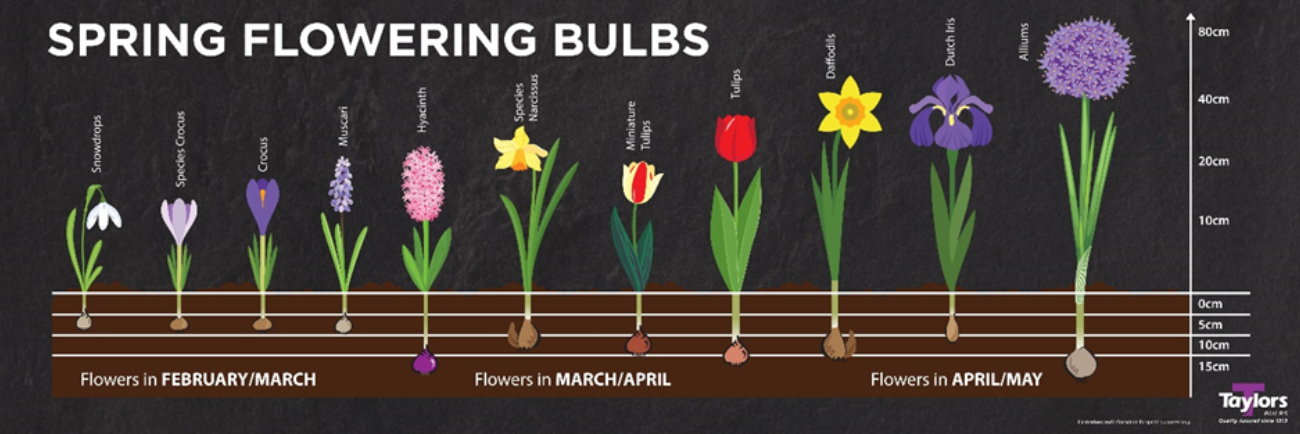
If you are planting in large numbers across a lawn or meadow it is worth investing in a bulb planting tool. Foot operated versions make life much easier. Click here to view our range of bulb planting tools.
Bulbs are great for planting in pots. Choose one variety in a single colour for a dramatic show, or layer different varieties in a ‘bulb lasagne’ to flower over a longer period. Topping the pot with a few autumn/winter bedding plants like cyclamen or violas will deter squirrels from digging them up and your display will last for almost 6 months. Place your pot in a sheltered spot such as near a front door, where you can enjoy the display over the winter.
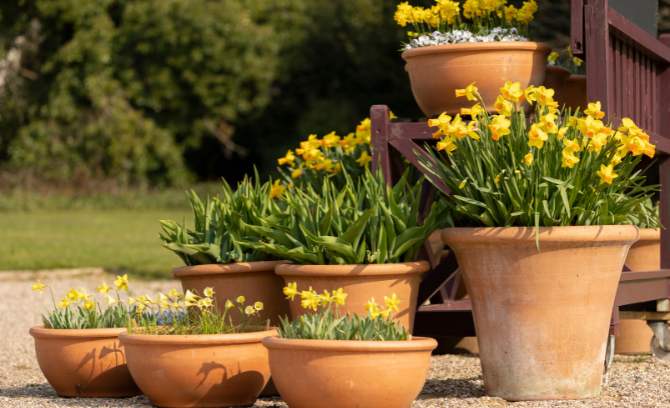
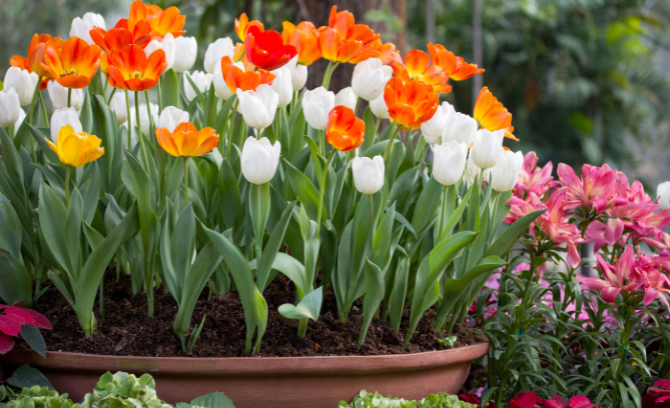
Tulips are great for pots particularly because they are more likely to be treated as annuals. An easy way to plant tulips in a border, is to plant them in a basket or pot (aquatic plant pots work very well) and sink the pot into the ground. After flowering just lift out the whole pot and replace with something else.
Naturalised drifts of bulbs through a verge, meadow or lawn looks stunning and come back year after year. For a lawn that you intend to keep cut, choose early flowering bulbs such as crocus. For a meadow choose taller varieties that will hold their own with the new growth of meadow flowers. Damp meadows are ideal for Snake’s Head fritillary (Fritillaria meleagris) and camassia.
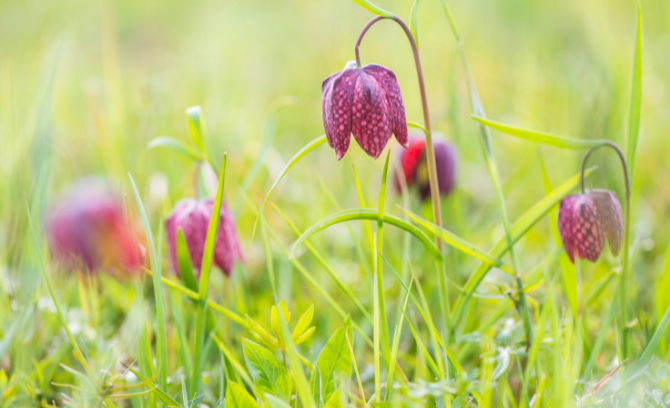
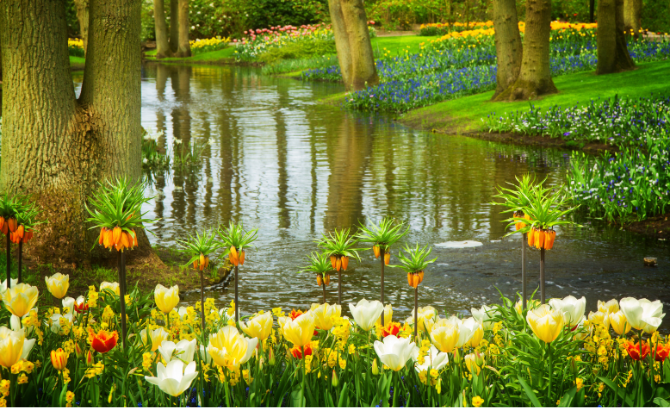
The trick to naturalising is to make it look as if nature put them there. Choose your bulbs and scatter them across the area, planting them where they fall. Avoid regular spacing which looks very unnatural.
As the days grow shorter and gardens begin the spectacular transformation into autumn, harness the spirit of fresh beginnings. Plan to make your garden a haven that celebrates the exuberance of spring even as summer bows out gracefully. Just as children eagerly await the start of the school year, let us eagerly anticipate the spectacle of colours that will grace our garden beds come springtime.

By our resident horticultural expert





